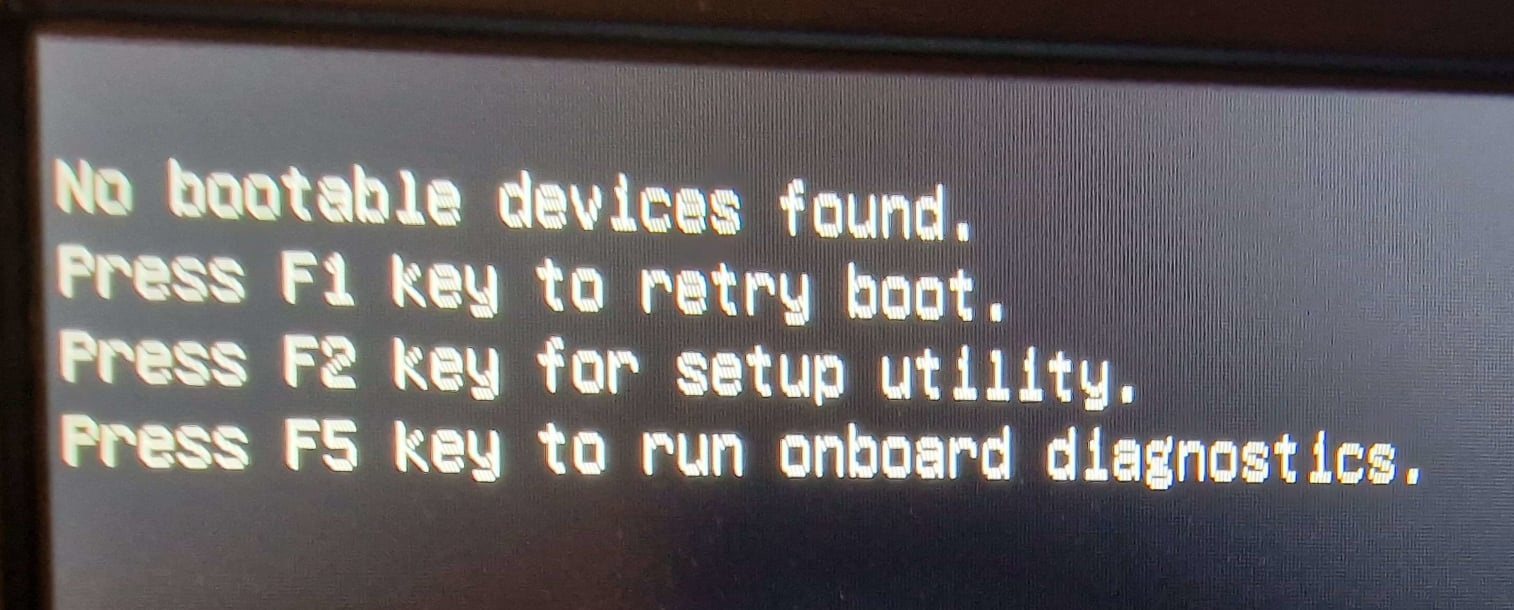

Microsoft doesn’t own the standard. It’s actually an open standard maintained and contributed to by a whole host of technology companies. This is contrary to the old BIOS method which was originally proprietary to IBM.
The fact they have such wide authority in signing is a product of how wide-reaching their market share it. They essentially mandate that OEMs include their signing keys in the signature database if their systems are to ship with Windows, thus making them a de facto authority on what gets signed. This was a point that made a lot of people in the FOSS community uncomfortable and still does to this day, although if one wants they can actually take full control of the Secure Boot process by replacing the Platform Key (PK) with their own. This gives ultimate control to the owner of the machine as they can then replace the Key Exchange Keys to allow them to replace Microsoft’s keys within the signature database (db). This completely removes reliance on any third party signatures and enables ditching the first-stage Shim bootloader from the boot flow entirely, since the owner could just sign whichever bootloader they wanted to use directly with their own key in the database. As it would require manually signing everything from the bootloader to the kernel and its modules though, including re-signing them after updates, this is definitely a much more involved way of doing things although arguably even more secure as the system would be entirely locked down to only binaries signed by its owner at that point.
As to why they don’t sign GRUB, it’s about licensing. Since GRUB is GPLv3, there are provisions in the license that Microsoft interprets as potentially mandating them to disclose their private key to facilitate users installing modified versions of it. Ubuntu came to the same conclusion when contemplating how to deal with Secure Boot back in the day, where they wanted to provide an alternative to the Microsoft keys by having Canonical’s keys also shipped with firmware, although proliferation of their keys is a lot less widespread and in some peoples’ eyes not all that much different than just using VeriSign’s service for the Microsoft keys anyway.




Fully agree. I started using OnlyOffice about 6 months ago but wouldn’t go back to LibreOffice at this point. I feel the interface is way more intuitive and helps with productivity.
I’m a fan of the LibreOffice project too, but they need to invest some time in improving the interface. The Word 97 look isn’t cutting it for me anymore and even with “ribbon mode” enabled it’s vastly inferior to OnlyOffice’s UI.